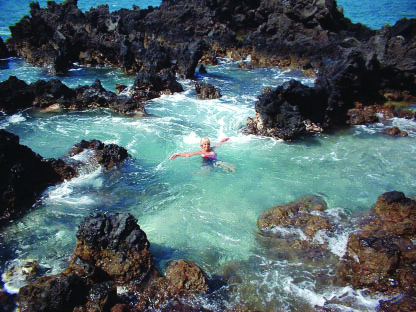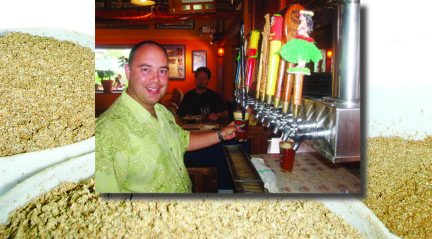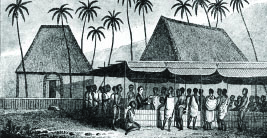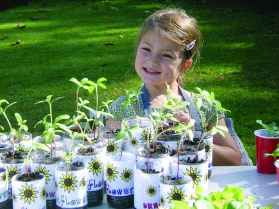
Leo Papa–Voice of the Land

By Nancy Redfeather
I knew something was up the day my third grade teacher asked, “Who would like to help me plant a salad garden?” I found myself standing beside my desk with my arm raised and waving only to realize that I was the only taker of this seemingly generous offer. A few weeks later, she called me to her desk, apologizing for the fact that she had forgotten the watering can, and offered me a small paper cup with which to water the lettuce, carrot and radishes. I joyfully trekked back and forth from the water fountain to the garden plot in endless trips, gleefully thinking about the salad that I was growing. On the final day, when we all got to eat as much as we wanted, I knew for a fact that I had never tasted anything so delicious. The pact was set. I was nine.
Sometimes, in order to move forward, we need to look back, and what a better time of year to reflect on our earthly connections and our resolve for the new year than winter, which will surely turn to the new beginnings of spring.
My first memory of “the garden” came at four, as I was serving tea to my bear, seated across the table from me in my playhouse, tucked into a corner of our yard. I gazed out the window, across a neatly formed compost pile of leaves and grass awaiting transformation, to my father working in his rose and flower garden. As I watched my father hoeing, his movements unhurried and the tool an extension of his arm, I wanted to imitate what I saw. All of us can think back to an earlier time and remember when Nature was a part of our life, when just being in her presence somehow connected us to a deeper wisdom.
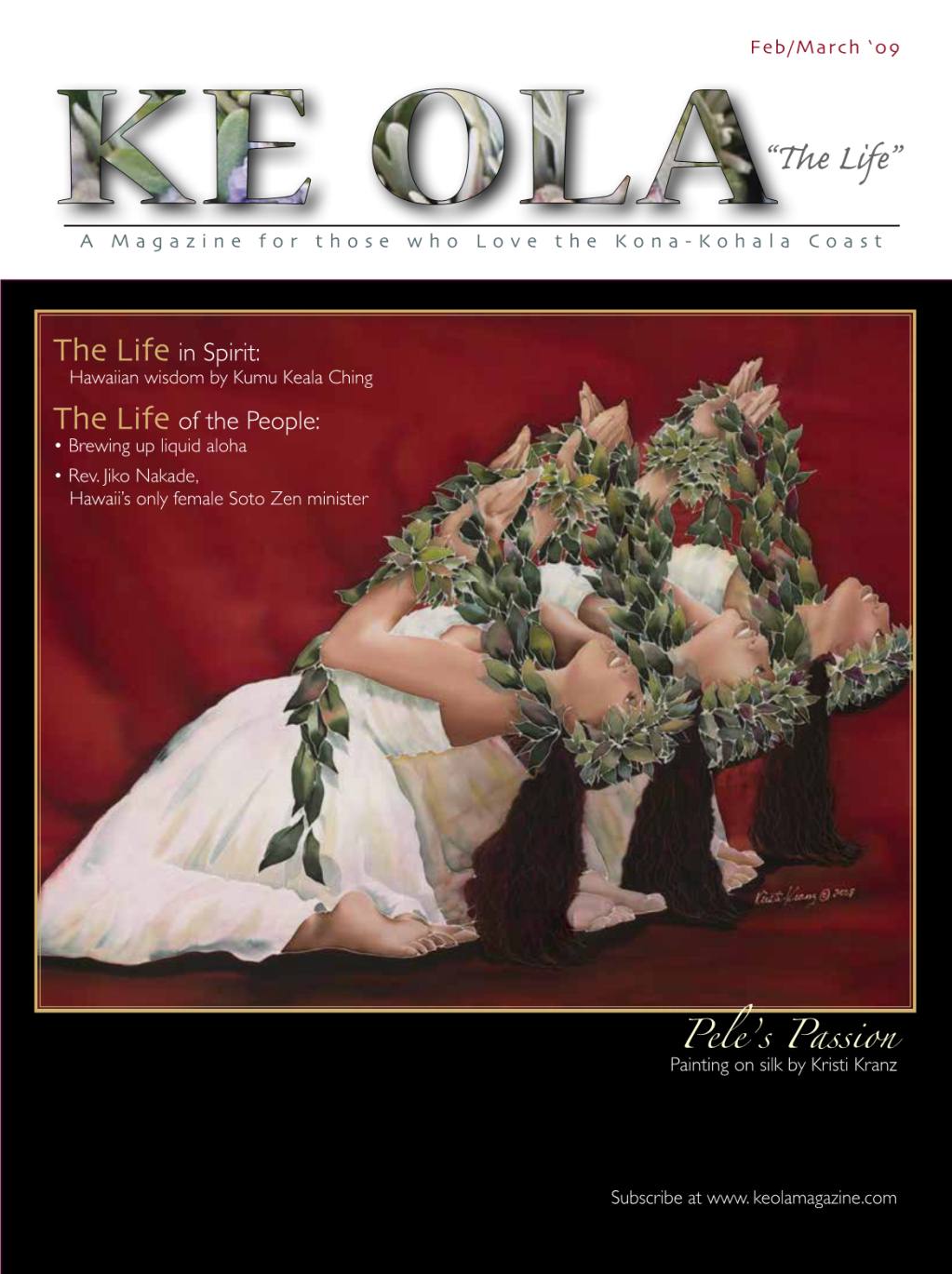
Later, as I sought to procure larger spaces in the yard to plant my seeds, I finally met the wall. My father had decided that my sister, who was five years older than I, should have “first choice” of all garden spaces. I was relegated to a small bed along one of the fences, where I grew sweet peas that towered over me and found their way to the evening dinner table, along with my mother’s praises. I spent my spare classroom time drawing imaginary gardens, complete with paths, rounded and interesting beds of vegetables, fruit trees, berries, flowers and herbs, benches and birdbaths. As adolescence approached, my interest waned.
But as you know, desires once repressed often resurface later with zeal! At age 23, the prohibited gardening space was given free reign the first weekend after I bought my first house in 1973, when I rented a rototiller and tilled up the entire St. Augustine lawn behind the house. Little did I know that in this area of California the topsoil was alluvial, rockless and forty feet deep! You had to be careful where you dropped seed as they would all come up, even in paths. I was teaching elementary school at the time, and would leave daily with my students at 3 p.m., to catch a few hours of light to plant, weed, or harvest. I vowed to eat only grains, a small amount of cheese, and whatever I grew. I bought Diet for a Small Planet and plastered 3×5 cards on my kitchen cabinets, educating myself as to what constituted a complete protein. I planted rows of zucchini, broccoli, brussel sprouts, and peppers. There was just too much food, I realized one evening, as I stood before my cutting board with a two-foot zucchini! I thought to myself, “Shall I stuff it, freeze it—can I eat one more bite of zucchini?”
But necessity being the mother of invention, I began placing cardboard boxes out front in the late afternoon on the parkway with the words “Free Organic Food.” In the morning on the way to my car, I would pick them up almost always empty. It was a revelation to me that I could be helping to feed my neighbors, whom I didn’t even know, from a small backyard garden.
Shortly after that, in 1978, I moved to Kona and planted my first garden in the rocky fill of Kona Heights. It was then my real gardening education began, combining the realities of place spurred on by the magic of my first garden encounter. Since then, the Garden Divas have given me every possible situation to try my hand at growing food for my family. The a’a flows of Napo’opo’o, the rainforests of Honaunau, the pahoehoe flows of Middle Keei and Keauhou, the ash soil of Kainaliu and Kealakekua, all have led me here to Kawanui Farm, midway between Honalo and Kainaliu on the edge of the great makai lands.
Take a few moments sometime soon, to contemplate your connection to place, to food, to the living-growing world outside and all around you. Self-sufficiency is becoming a necessity, and aren’t we lucky we live Hawai’i, land of endless gardening possibilities. The joy of having a little piece of the Earth’s surface on which to cultivate flowers, herbs, fruits or vegetables in your leisure hours—if for no other reason than to discover that there is nothing so enjoyable and healthful as tasty, homegrown vegetables, ripened on your own fertile soil, moistened by the rains, swept by the winds and shone upon by the sun, cultivated and raised through your own efforts, cooked and eaten the very day they are picked—can reconnect us with our food, our life, and our future. Bon appetite. ❖
Nancy Redfeather and her husband Gerry Herbert live at Kawanui Farm, a 1.2 acre educational and experimental “minifarm” at the 1500 foot level in mauka Kona. In the next issue, she will talk story about how their farm came into existence, and about their home production work.
